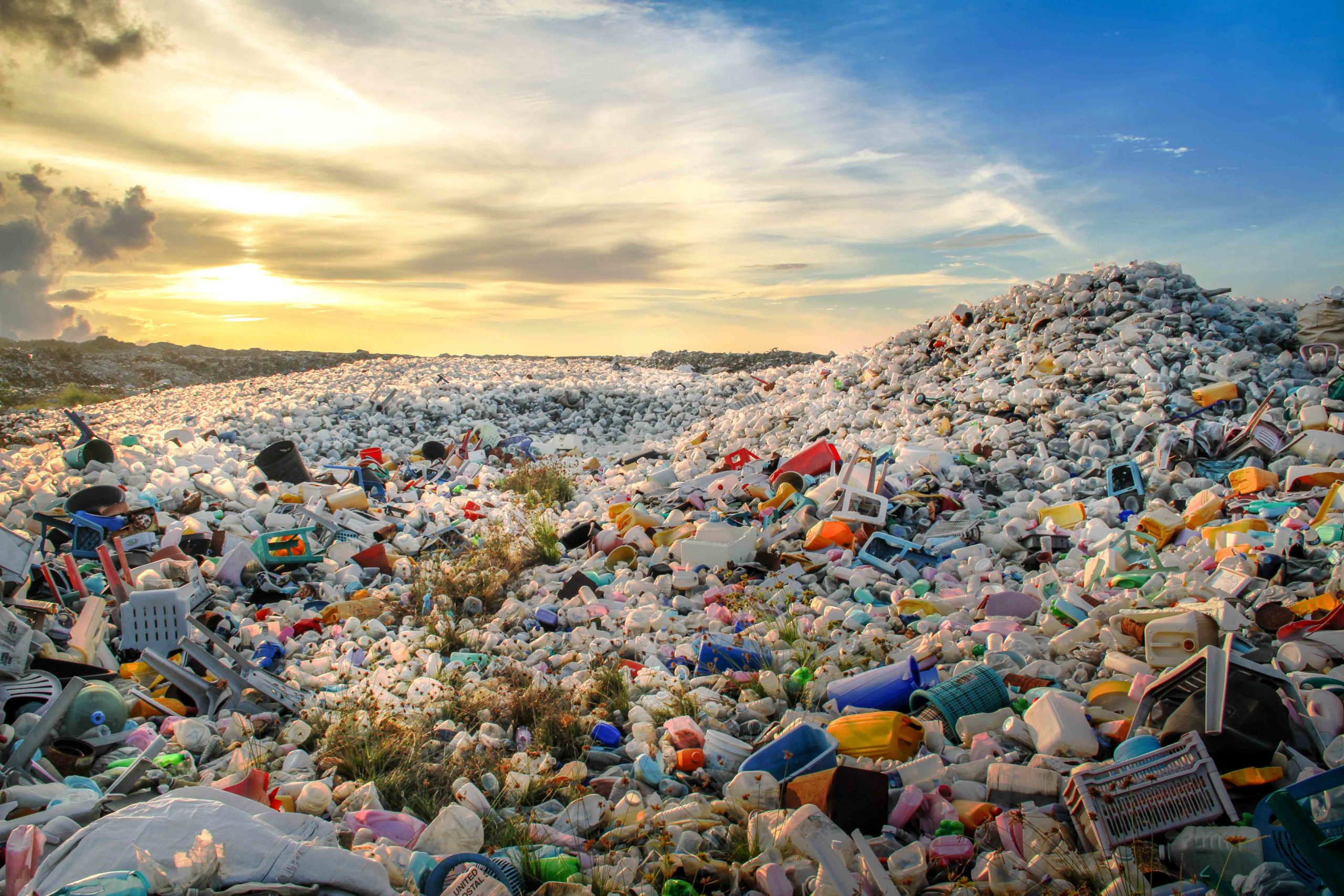Ingenious Benzoil Waste Recovery Solutions: Making Best Use Of Source Performance
Ingenious Benzoil Waste Recovery Solutions: Making Best Use Of Source Performance
Blog Article
Innovative Waste Management Solutions: Exactly How to Decrease Environmental Effect and Make The Most Of Resource Recuperation
In today's rapidly advancing globe, the monitoring of waste presents an essential difficulty that demands innovative options. The quest for innovative waste administration services holds the guarantee of transforming just how we perceive and manage waste in a fashion that benefits both the environment and culture.
Advanced Recycling Techniques
Advanced recycling techniques play a vital duty in boosting source efficiency and minimizing environmental impact in waste management techniques. By executing innovative arranging innovations, such as optical scanners and magnetic separators, recyclable materials can be efficiently divided from blended waste streams. These methods enable the recuperation of beneficial resources like steels, plastics, and paper, diverting them from landfills and back right into the manufacturing cycle.
Furthermore, advanced reusing processes like chemical reusing deal innovative solutions for products that are challenging to reuse conventionally, such as mixed plastics or infected packaging. Via these techniques, materials that would typically be taken into consideration waste can be transformed into high-quality basic materials for brand-new items, promoting a round economic climate approach.
Additionally, developments in waste-to-energy innovations enable the conversion of non-recyclable waste right into power resources like electricity or warm. This not just reduces the volume of waste destined for landfills but likewise provides a lasting alternative to nonrenewable fuel sources, better adding to ecological preservation. To conclude, the adoption of advanced recycling strategies is extremely important in developing a much more resource-efficient and lasting waste administration system.
Waste-to-Energy Technologies
In the world of sustainable waste monitoring techniques, a progressively popular solution hinges on Waste-to-Energy Technologies, offering a critical option to the traditional disposal of non-recyclable waste. Waste-to-Energy (WtE) innovations encompass different procedures that transform non-recyclable waste products into heat, electrical power, or fuel. These modern technologies help address the dual obstacle of waste monitoring and power generation by minimizing the quantity of waste destined for garbage dumps while simultaneously creating beneficial power sources.

Circular Economy Initiatives
Executing a round economic climate strategy is crucial for promoting sustainability and reducing environmental influence in waste administration methods. This method contrasts with the traditional direct economic situation, where sources are taken, made into products, made use of, and then disposed of as waste. Through ingenious service versions that focus on source effectiveness and waste decrease, organizations can contribute to a much more circular and sustainable approach to waste administration, ultimately leading to a much healthier earth for future generations.
Smart Waste Administration Solution
With the surge of data-driven services and digital technologies, waste monitoring systems are evolving in the direction of smarter and a lot more effective practices. Smart waste management systems utilize sensing units, IoT (Web of Things) tools, and real-time data analytics to optimize waste collection, arranging, recycling, and disposal processes. These systems make it possible for waste administration have a peek here companies and municipalities to check waste degrees in bins, maximize collection paths to decrease gas intake and emissions, and recognize chances for recycling and source recovery.
One trick element of smart waste administration systems is their ability to give useful insights via data evaluation. By gathering and evaluating information on waste generation patterns, composition, and disposal techniques, decision-makers can make informed selections to improve total waste management performance. Moreover, these systems can help recognize areas for renovation, track progress towards sustainability objectives, and enhance interaction with stakeholders.
Bio-based Waste Treatment Procedures
Using all-natural biological processes, bio-based waste therapy methods use lasting solutions for handling numerous sorts of waste materials - Benzoil Waste Recovery. These ingenious procedures entail the use of enzymes or microbes to break down organic waste into easier substances, reducing the environmental effect of standard garbage disposal methods. One typical bio-based therapy procedure is composting, where natural waste such as food scraps and lawn trimmings are decayed right into nutrient-rich soil amendment
Anaerobic food digestion is an additional bio-based waste treatment technique that includes the failure of natural issue in the lack of oxygen, producing biogas that can be utilized as an eco-friendly power resource. This procedure not just reduces the volume of waste sent to landfills but also generates valuable by-products.
Furthermore, bio-based waste therapy procedures have the possible to recoup sources from waste streams, such as generating biofuels from natural waste or drawing out important chemicals from industrial by-products. By utilizing the power of nature, bio-based waste treatment methods add navigate to these guys to a round economic situation by shutting the loophole on waste generation and promoting sustainability.
Conclusion
Innovative waste monitoring remedies such as innovative recycling methods, waste-to-energy innovations, circular economic situation campaigns, wise waste administration systems, and bio-based waste treatment procedures play a critical role in reducing ecological influence and maximizing source healing. By utilizing these practices and technologies, we can properly minimize waste generation, promote lasting resource use, and add to a cleaner and healthier setting for future generations. It is important that we proceed to invest in and implement these remedies to deal with the expanding difficulties of waste management.
These innovations help resolve the double challenge of waste management and power generation by lowering the volume of waste predestined for landfills while concurrently generating important power resources.
With innovative service models that focus on resource effectiveness and waste decrease, organizations can add to an extra round and sustainable technique to throw away management, eventually leading to a much healthier planet for future generations.
Smart waste administration systems utilize sensors, IoT (Web of Points) devices, and real-time data analytics to enhance waste collection, arranging, reusing, and disposal processes. pop over to these guys Benzoil Waste Disposal. These systems make it possible for waste management business and communities to check waste levels in containers, maximize collection routes to decrease fuel usage and exhausts, and identify opportunities for recycling and resource healing

Report this page